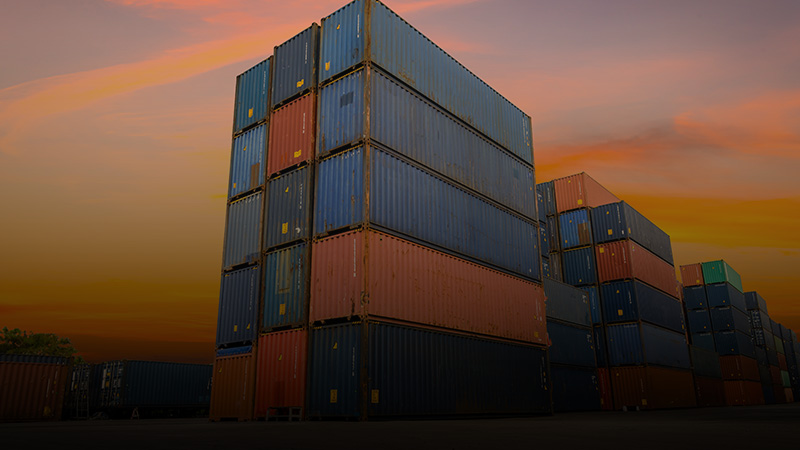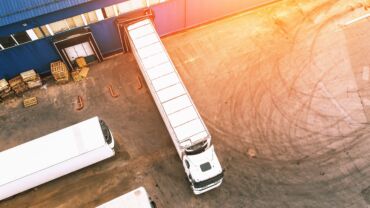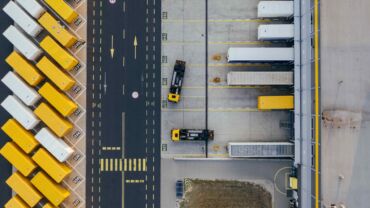Stricter regulations and tighter customs controls are forcing companies to expand and improve their supply-chain due diligence, especially when identifying issues related to forced labor, deliberate or not.
_____________________________________________________________________________________________
In a recent webinar hosted by Thomson Reuters and Freight Waves, a panel of trade experts discussed why forced labor in the supply-chain has become such a hot-button issue, some of the challenges companies face as a result, and what steps trade professionals can take to ensure import/export compliance and mitigate future risks.
_____________________________________________________________________________________________
Forced labor in the supply chain
Thomson Reuters Senior Product Manager, Karen Lobdell, kicked off the discussion by pointing out that trade protections have been on the books since the 1930s, but passage and enforcement of the Biden administration’s Uyghur Forced Labor Prevention Act (UFLPA) has significantly increased the amount of attention being paid to issues of forced labor and other human rights violations in the supply-chain.
“Passing and enforcement of the UFLPA introduces some key areas of challenge,” says Lobdell. “Not only do companies need to identify potential forced labor in their supply chain, but they also need the tools to remediate or ultimately prevent it from happening in the first place.”
Harsher punishments for forced labor
Failure to identify and eliminate forced labor in the supply-chain is also being punished more harshly, Lobdell says, and not just by government authorities.
“Customers want to make sure they are purchasing from companies that are doing the right thing,” says Lobdell, “and investor concerns about Environmental, Social, Governance (ESG) practices are another part of it.” The risk of penalties, supply-chain disruptions, and reputational damage is very real, she says, and potentially quite costly.
The United States (U.S.) isn’t the only country concerned about human rights violations, either, and China isn’t the only offender. Canada, Australia, and the European Union have all passed stricter forced labor trade legislation, and according to Lobdell, shifting supply chains for manufacturing has resulted in increased shipping detentions from such countries as Vietnam, Malaysia, and Thailand.
The evolving legal landscape
The legal landscape for forced labor violations is also evolving rapidly. One UFLPA rule that is having a significant impact is the “rebuttal presumption” clause, which, according to Su Ross, a trade attorney for the law firm Mitchell Silberberg & Knupp, assumes that products produced in certain regions are in violation of the law, and it is up to the importing company to prove otherwise.
“When you’re dealing with federal agencies, it’s pretty much you’re guilty until you can prove yourself innocent,” Ross says, adding that leniency at customs is becoming a thing of the past as well.
Stricter customs requirements for supply chains
The result of this increased scrutiny, says Ross, is that companies importing goods from suspected regions must provide documentation for suppliers throughout their supply chain, including Tier 2 and Tier 3 suppliers, all the way back to the origin of the raw materials, which can often be difficult to determine.
The U.S. Congress is also considering lowering the $800 de minimis threshold, the level below which goods can pass through customs with minimal documentation and inspection. The reason, says Ross, is that “roughly 60% of our de minimis shipments come from China,” which means a high volume of goods made with forced labor is probably still entering the U.S. market despite the UFLPA.
Managing compliance challenges
Companies trying to comply with these evolving rules in good faith are faced with several challenges, not the least of which is the difficulty of obtaining reliable supplier and product information at lower levels of the supply chain.
Michelle Forte, Director of Global Trade Compliance, HB Fuller, says she sees “an overwhelming desire” for companies to have transparency and visibility throughout the supply chain, “and not just because regulations require it, but because there also advantages from a business sense.”
Tools and strategies to combat supply chain forced labor
Achieving deep supply-chain visibility can be difficult without the proper tools, however.
Among the most useful of these tools, the panelists agreed, are AI-enabled supply-chain mapping and monitoring technology. Not only can such a tool automate compliance with entity lists, but the monitoring and mapping capabilities can provide complete supply-chain visibility, along with analytics tools that can help map alternative sourcing strategies, should they ever be needed.
Some other suggestions offered by the panelists on how to identify, prevent, and remediate forced labor in the supply chain include:
- conduct regular risk assessments, prioritizing high-risk suppliers
- use corporate social responsibility (CSR) audits to identify and prove (or disprove) the presence of forced labor in the supply chain
- focus on non-de-minimis suppliers to narrow things down
- obtain written certifications from suppliers guaranteeing that they don’t use forced labor
- don’t rely only on entity lists—you must use entity lists at a minimum to be compliant with some laws.
- physically visit facilities located in foreign countries
- employ a third-party service provider who knows your industry to assist with additional due diligence
- participate in trusted trader programs such as CTPAT, to leverage supply chain visibility, and best practices, and stay on top of new rules and trends
In the meantime, says HB Fuller’s Michelle Forte, efforts are underway to negotiate more transparent data-sharing with customs officials and to establish a “green lane” for companies that have proven that their supply chains are clean—though when these measures might go into effect is still anyone’s guess.
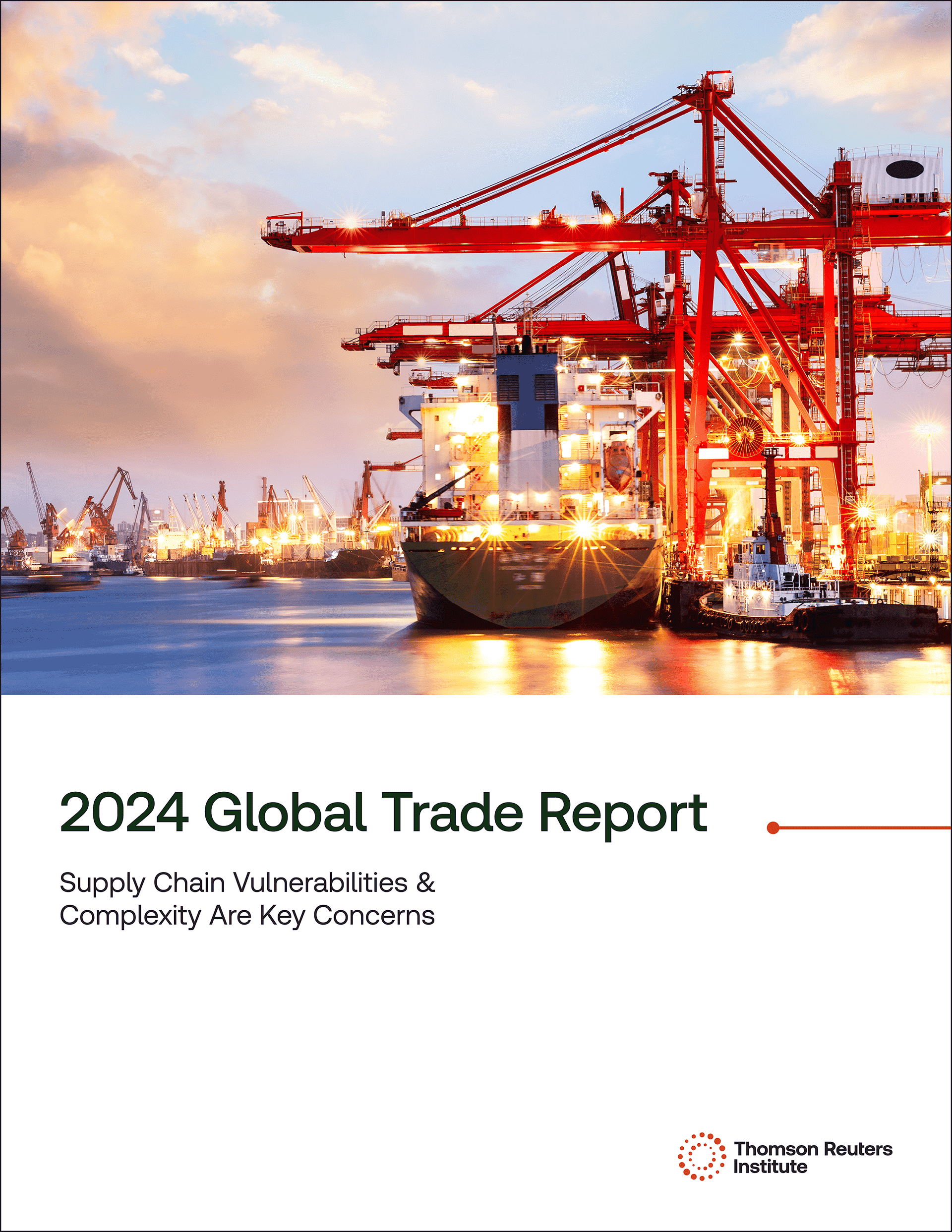 |
|
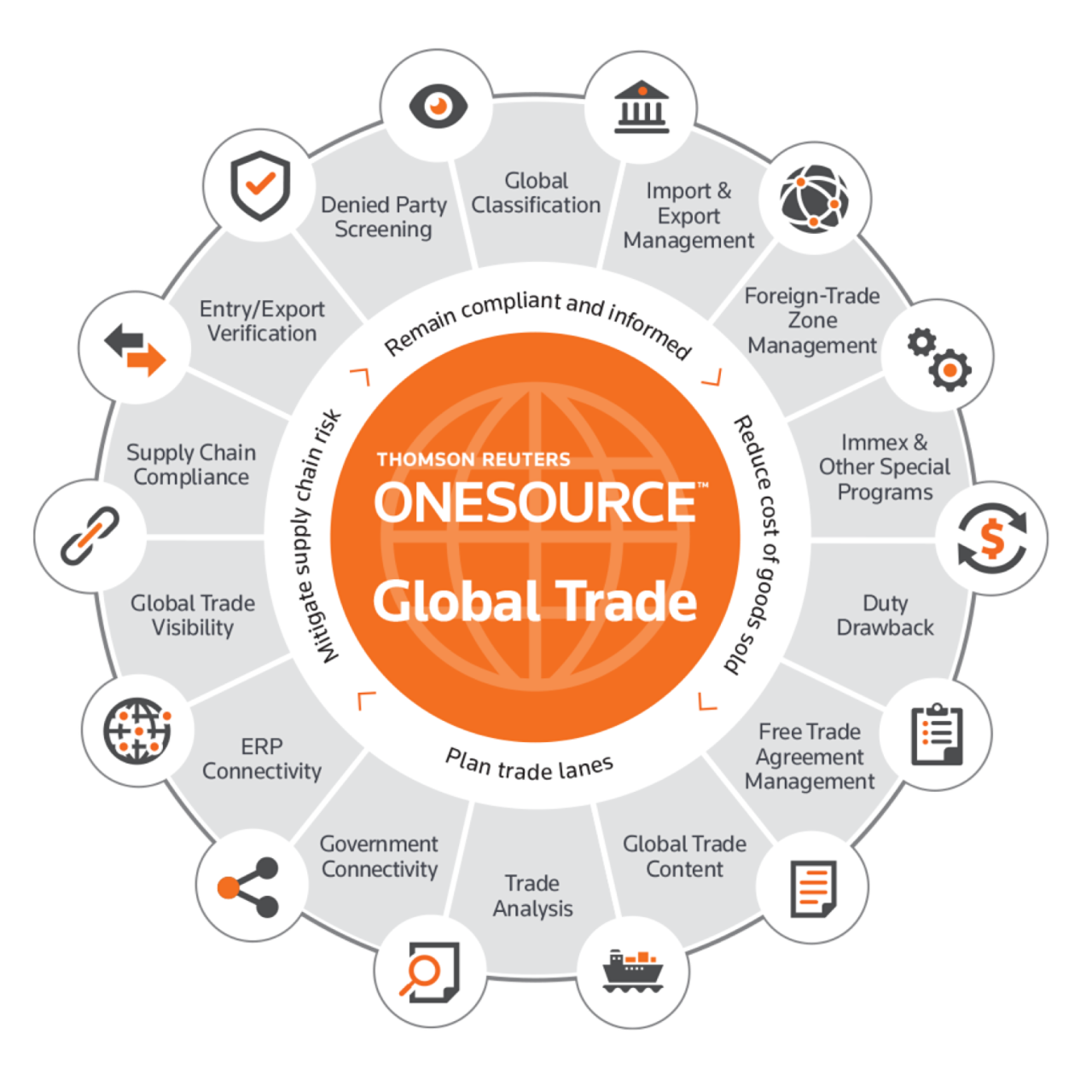 |
|
